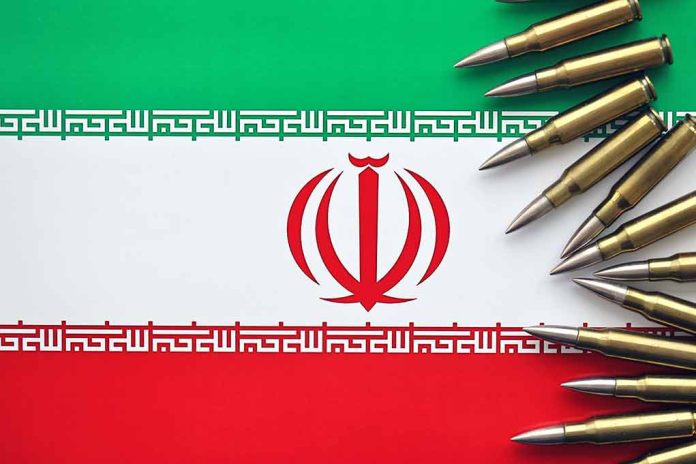
Iran’s execution count in 2024 reached an alarming peak, raising concerns about the nation’s human rights practices and the government’s tactics to maintain control.
Key Takeaways
- Iran executed a record 975 people in 2024, marking it as the highest since record-keeping began.
- The executions are seen as a response to suppress political opposition following Mahsa Amini’s death.
- The surge in executions is reported by Iran Human Rights and Together Against the Death Penalty.
- The execution count reflects a 17% increase from the previous year, highlighting the severity of the situation.
- The majority of executions were conducted by hanging, with some occurring in public as a means of instilling fear.
Unprecedented Surge in Executions
In 2024, Iran executed at least 975 individuals, the highest number recorded since Iran Human Rights (IHR) began compiling such data in 2008. This figure represents a significant increase from previous years and has drawn sharp international criticism. The enforcement of the death penalty within its Sharia-based legal framework underscores a strategic approach by the Iranian regime to suppress dissent and bolster authority amidst growing civil unrest.
The report, issued by IHR and the French group Together Against the Death Penalty, describes this spike as a “horrifying escalation” intended as a tool of political repression. Notably, the 2024 execution count is a 17% increase from 2023, where the death toll stood at 834, reflecting the government’s increasingly aggressive stance towards internal dissent.
Public Executions and Legal Context
A particularly grim aspect of Iran’s capital punishment practices is the public hanging of four individuals and the execution of 31 women—the highest female execution count in nearly two decades. These acts have intensified scrutiny of Iran’s human rights record from the international community. The country is now regarded as the second most active executor globally, following closely behind China.
Under Iran’s judicial system, established post-1979 revolution and heavily influenced by sharia law, numerous offenses ranging from murder to moral and political charges such as “corruption on earth” warrant the death penalty. This legal foundation enables authorities to leverage capital punishment as a mechanism to deter political challenges and protests.
International Reaction and Human Rights Concerns
The international community has responded with heightened concern to Iran’s record number of executions, especially against the backdrop of mounting pressures between Iran and Israel. Reports of flawed trials and allegations of torture have raised further alarm, such as the cases of Mohammad Ghobadlu and Gholamreza Rasaei, who were executed in connection to protests following the death of Mahsa Amini in 2022.
“These executions are part of the Islamic Republic’s war against its own people to maintain its grip on power.” – IHR director Mahmood Amiry-Moghaddam
Despite these disturbing developments, sources suggest that the actual number of executions may be higher, with 39 additional cases in 2024 that remain unconfirmed. Furthermore, 2025 has already witnessed at least 121 executions, an indication that Iran’s controversial use of the death penalty shows little sign of waning.







